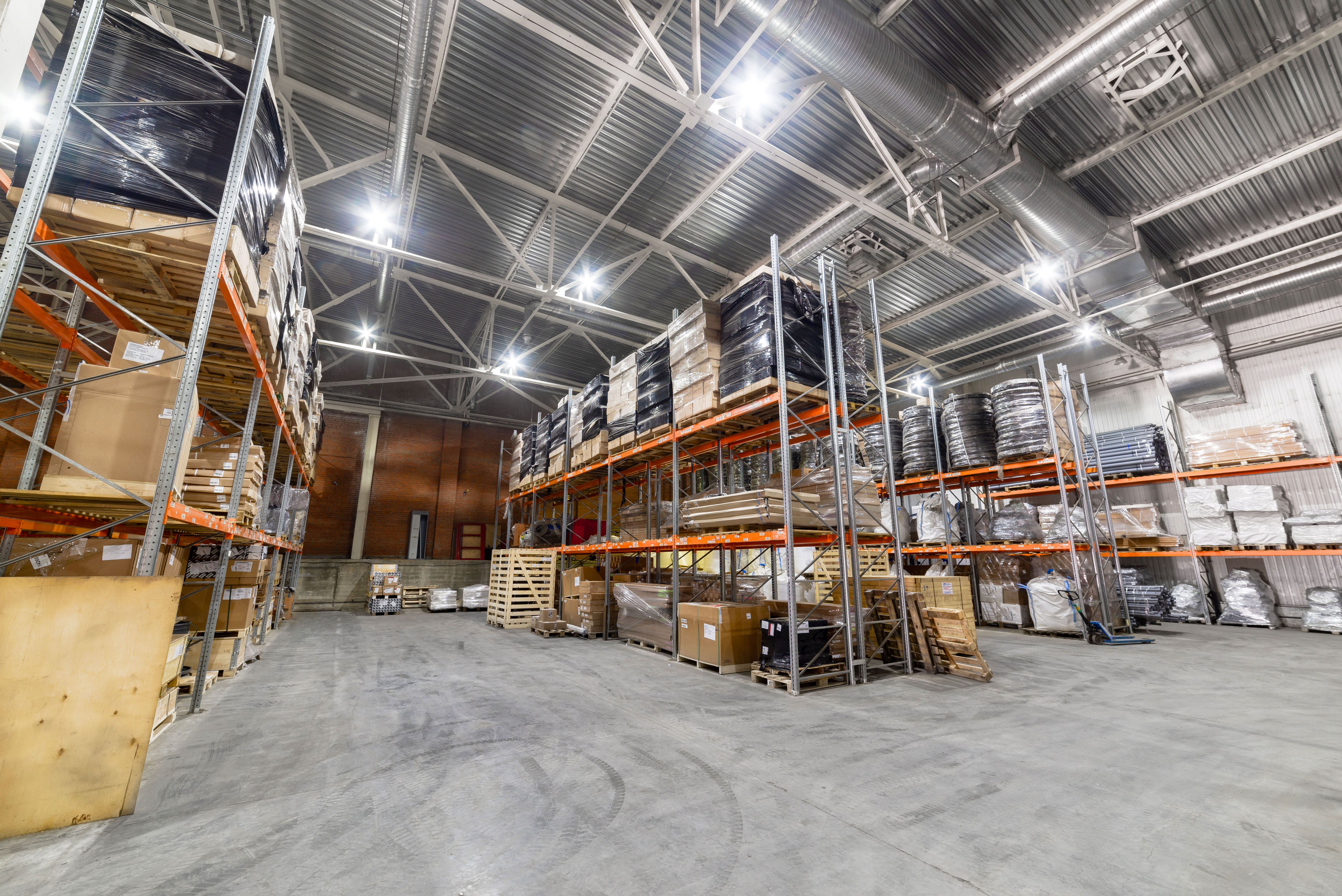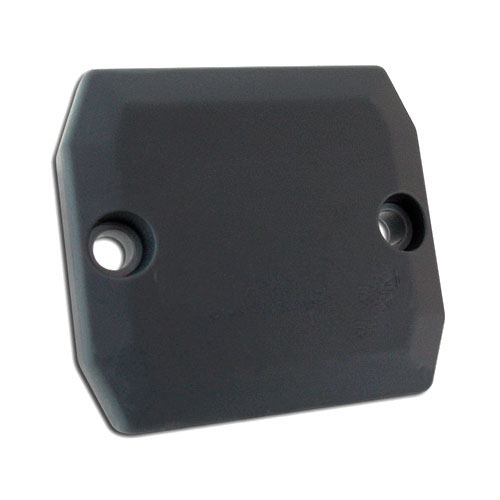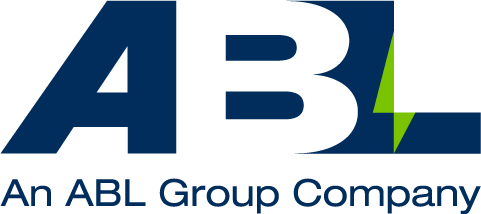How RFID technology can help rental companies achieve unrivalled customer service results
It is critical for equipment rental companies to track assets effectively and have full visibility of condition changes to manage high-value assets in the most efficient way possible.
Having access to real-time insights relating to equipment in this manner is proven to help assure safe readiness for distribution, unlock operational efficiencies, and boost profitability.

However, it is common for businesses to rely on manual, outdated processes, systems, and ways of working which have the capacity to expose businesses to unknown risk profiles, increase labor costs and compromise asset availability.
Introducing Radio Frequency Identification (RFID) technology to eliminate labor-intensive asset tracking and management processes is a highly cost-effective and reliable solution for gaining access to asset information in real-time.
Ranging from providing the asset’s current location, key associated information, and movement to having complete visibility of the current state each asset is in, RFID technology can provide companies with the means to work more efficiently and exceed in customer service.
Examples of common issues faced when using traditional manual asset management processes to manage rental equipment
Traditionally, utilising manual methods to verify, process and update rental asset details into an inventory management system is a time-consuming process and is proven to decrease the warehouse team’s productivity. Using pen and paper or manual entry methods into a data management system introduces the opportunity for mistakes to be made, especially in cases where there are copious quantities of stock to be counted, verified, or logged when going out for rental or coming back to the warehouse.
In particular, it is common for rental companies to use a manual tagging method in which all assets are assigned a colored tag indicating their current state to identify whether they are; available, reserved, on rent, returned, being processed, etc. As the tag is typically changed manually each time the status of the asset is updated, using this type of process or any similar pen and paper manumatic process is extremely time-consuming and labor-intensive.
In essence, asset tracking and management of equipment in this manner often results in:
- A lot of wasted time running around trying to locate the available equipment when a request comes in to ensure it is certified correctly and is safe for use
- Lower customer service
- Additional costs
- Excessive unproductive time
The proven benefits RFID technology can deliver
Implementing RFID technology provides visibility of both the states and locations of assets in real-time, which can be coordinated and accessed via one software application from a computer or tablet, allowing both the shop floor and office-based team members to:
- Understand what equipment is available, where it is and its readiness for use in the most efficient way possible
- Scan RFID tagged assets using handheld devices, without line-of-sight enabling hundreds of tags to be scanned in a matter of seconds, resulting in considerable time and accuracy benefits
- Informed, data-driven decisions to be made quickly and with merit
The need for software integration
Linking RFID tagged assets with asset tracking and change management software is an extremely effective way to unlock further efficiencies in asset management processes.
In doing this, pre-defined condition changes will be automatically updated when change occurs and can be viewed in real-time, as well as getting access to notifications relating to state and location movement. This will result in:
- Asset data automatically being kept up to date and accurate, reducing workload and human-induced error
- The ability to save man hours through instant visibility of inventory available to you, ensuring you can provide fast customer service when renting out equipment
- Team members to be able to track and manage utilisation information associated with assets to facilitate invoicing, reporting, and cost optimisation initiatives
The versatility of RFID tags
RFID technology provides an extensive array of tag and reader options to suit any type of rental or serviced equipment, available in various shapes, sizes, materials, and methods for attachment. Resilient rigid plastic tags tend to be used for larger assets that may need to operate in extreme or hazardous environments. Flexible tags such as synthetic or paper labels are traditionally more suitable for smaller assets but can be used for larger assets in some instances.

Scanning devices also come in varying formats such as handheld Bluetooth readers or mobile Bluetooth tablets that connect to a reader. Handheld devices optimise workflows by providing warehouse workers with location and state updates through mobile devices, increasing pick rates by up to 24%, decreasing travel time, and maximising overall productivity.

Introducing AssetVoice™: An RFID asset tracking and management of change software solution
ABL has developed an award-winning software solution that provides visibility of both the states and locations of assets by utilising RFID technology, automation, and IoT to achieve unprecedented levels of management of change and asset management.
AssetVoice™ digitalises processes to track, monitor, and manage assets in the most effective and efficient way possible to rationalise costs, unlock efficiencies, and boost customer service for rental and service companies.
At the click of a button AssetVoice™ can eliminate the drawbacks associated with manumatic management of rental and serviced assets, providing real-time tracking, intelligence, and analytics around:
- Current states and locations of your assets
- Utilisation reporting and information
- What is available for use and what has been rented out / what is being maintained
- Automatic notifications around asset state changes and movements
- Accurate asset and associated information and specifications
- Reliability, maintenance, inspection and location data, and history
- Other bespoke needs and requirements
